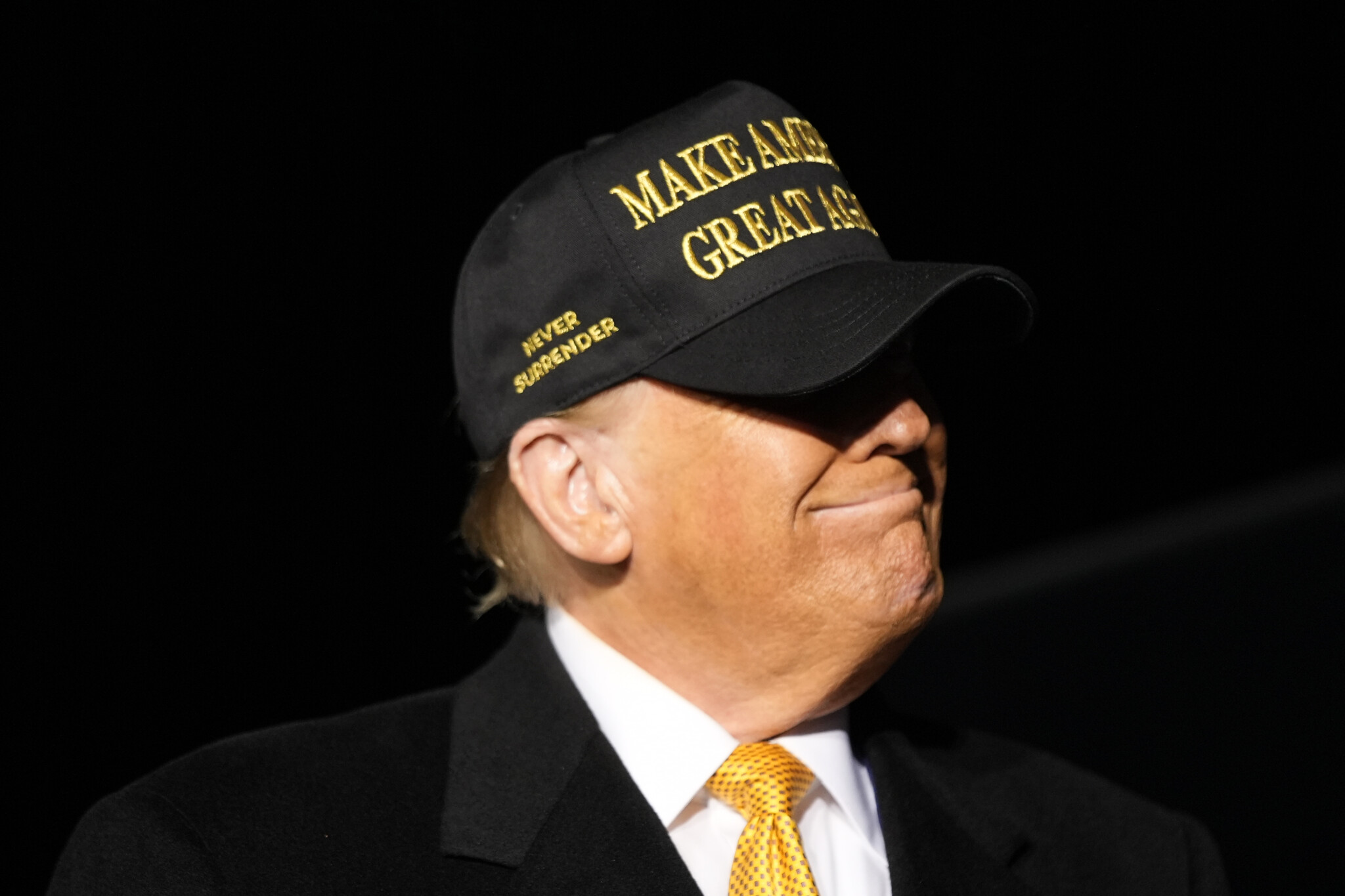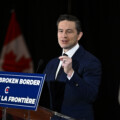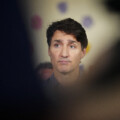On this special episode of the Hub Roundtable, publisher Rudyard Griffiths and editor-at-large Sean Speer discuss President-elect Donald Trump’s surprising announcement that his administration will impose 25 percent tariffs on all Canadian imports, including the extent to which mainstream Canadian commentators may be misreading Trump’s real motivation—namely, to offset the fiscal cost of his tax policies and return production back to the United States.
Here are three key takeaways from their discussion.
1. Trump’s tariffs are a key part of his fiscal strategy
Griffiths and Speer emphasize that the proposed tariffs on Canada and Mexico are not primarily about border security or drug trafficking, but rather they represent a cornerstone of President-elect Donald Trump’s fiscal strategy. Facing unsustainable U.S. debt and deficit, alongside mounting bond market pressures, Trump’s administration appears to view tariffs as a key revenue tool to fund sweeping corporate tax cuts. This departure from traditional tariff diplomacy underscores a new economic logic, where tariffs are not merely leverage for trade concessions but integral to domestic fiscal sustainability.
There is a growing asymmetry in trade relations between Canada and the U.S., where Canada’s smaller economic footprint makes it especially vulnerable to these policies. Griffiths and Speer warn that conventional strategies, like lobbying U.S. governors or minor policy concessions, are unlikely to influence the incoming administration’s agenda, given its centrality to Trump’s broader economic plan. For Canada, this means preparing for a prolonged and strategically significant challenge that goes beyond trade negotiations and acknowledging fundamental shifts in the U.S. approach to North American economic integration.
2. Canada needs to push back
Griffiths and Speer also delve into Canada’s limited options for countering Trump’s tariffs, nevertheless highlighting the necessity of a robust response. With the threat of 25 percent tariffs, Canadian industries face existential challenges, as production shifts to the U.S. to avoid hefty costs. As this news broke, the Canadian dollar fell to its lowest level since 2020.
They argue for an urgent overhaul of Canada’s economic policies, including a dramatic increase in competitiveness through tax reforms, regulatory changes, and perhaps radical measures akin to Ireland’s economic transformation.
The uncertainty surrounding the tariffs could freeze investment and derail key sectors, with long-term implications for growth and employment. Waiting for renegotiation opportunities like the 2026 Canada-United States-Mexico Agreement (CUSMA) renewal is risky, they say, as these tariffs could persist and even escalate.
Proposals for retaliatory tariffs must be weighed against the potential economic self-harm they could inflict on Canada, given its disproportionate dependence on U.S. trade. Ultimately, they underscore the need for Canada to confront the new reality with a forward-looking strategy that blends economic agility with a capacity to push back against U.S. pressure.
3. The end of an era in the Canada-U.S. friendship
Griffiths and Speer reflect on the deeper implications of Trump’s tariffs for the U.S.-Canada relationship, marking a potential end to decades of goodwill and collaboration. They argue that Canada’s reliance on our “special relationship” with the U.S. may have fostered complacency, leaving Canada unprepared for a new adversarial approach from its largest trading partner.
The tariffs symbolize a shift in U.S. economic priorities, away from regional collaboration and towards the unilateral reshoring of production. This approach not only challenges the integrity of CUSMA but also disrupts the broader free-market ethos that has defined North American economic policy since the Second World War.
They lament Canada’s diminishing leverage driven by its lacklustre contributions to mutual defence. Canada’s reliance on the U.S. market, compounded by domestic economic vulnerabilities, underscores the urgency of redefining Canada’s global strategy, both to counter the immediate challenges posed by U.S. tariffs and to navigate a world where traditional alliances may no longer hold, they argue.
ChatGPT assisted in the creation of these takeaways.









